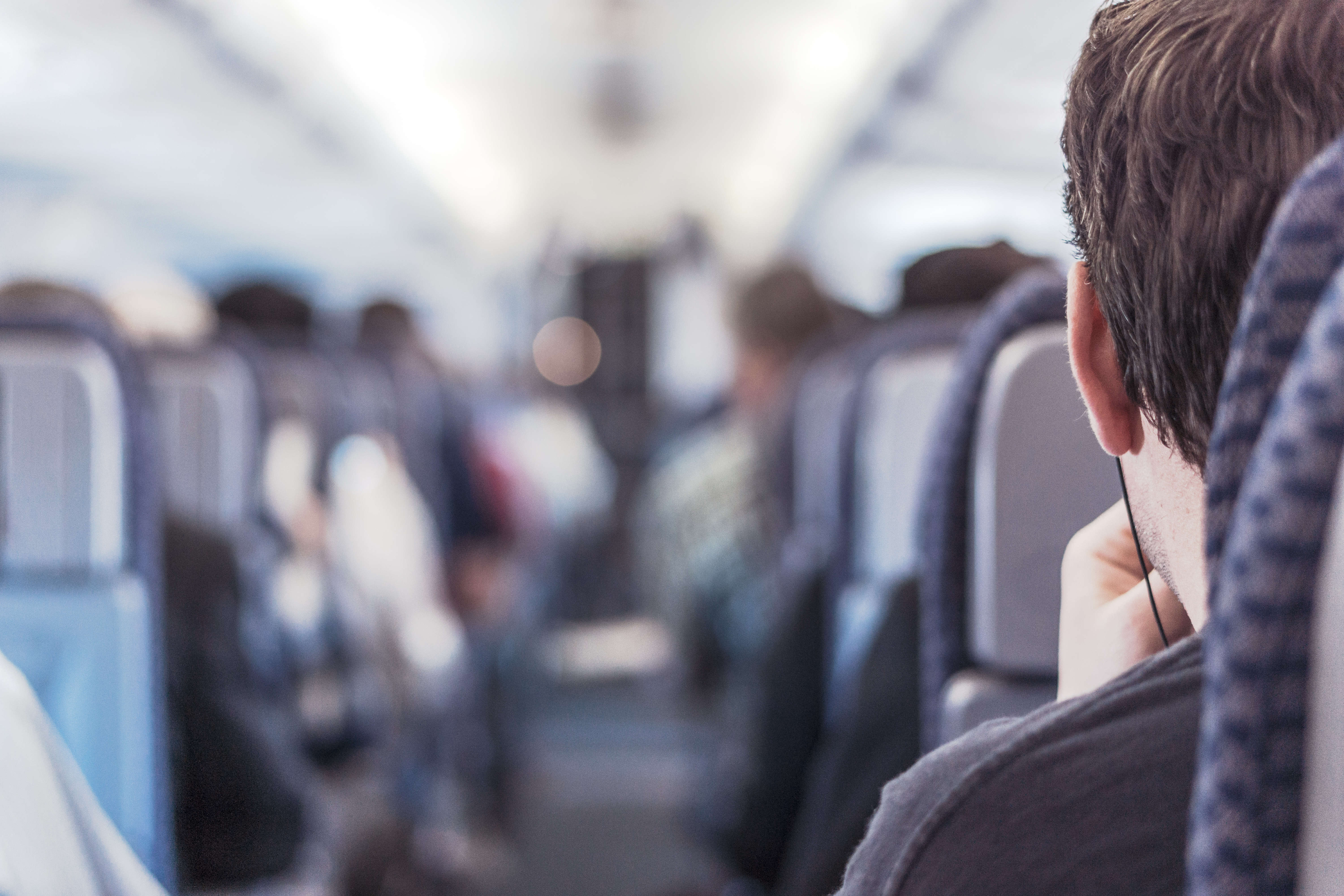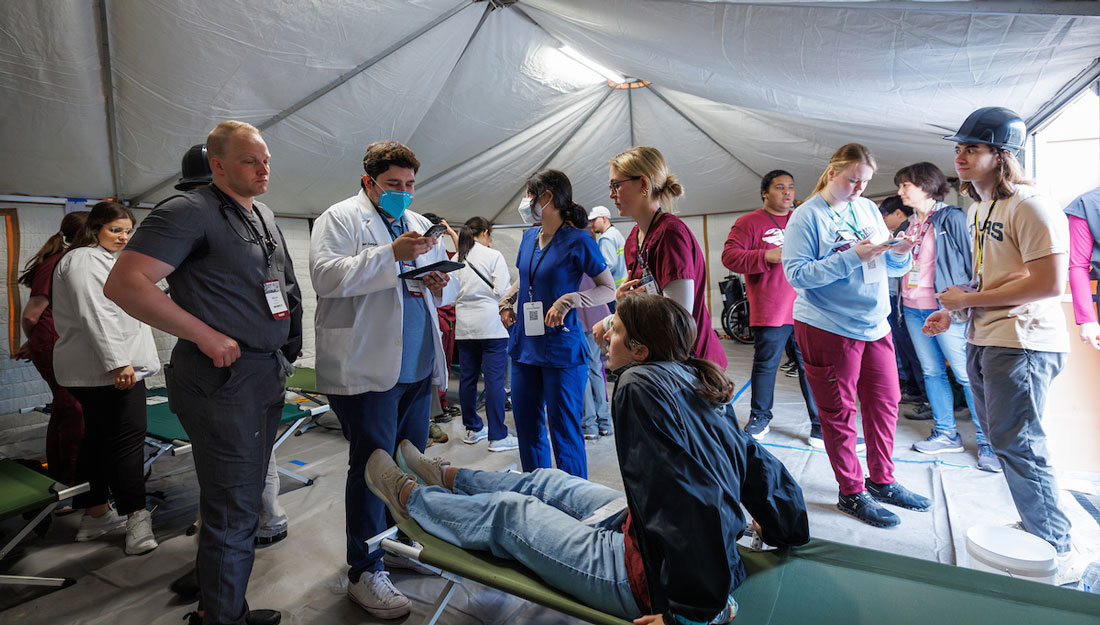- Elizabeth Grimm
- COVID-19, Healthy Living, Medicine, Show on VR homepage, Trending
3 tips to avoid germs during travel
Whether flying on a plane or traveling via train, germs are everywhere and an infectious disease expert discusses how you can protect yourself

Many of us have experienced it. The woman next to you on the plane just sneezed without covering her mouth, the man behind you is coughing uncontrollably and you can practically feel the germs closing in on you as you sit in your cramped seat on what appears to be a giant germ deathtrap. Traveling isn’t always fun, especially during cold and flu season, but sometimes it’s necessary.
While a plastic bubble and a personal supply of oxygen may seem like the only way to keep those germs away, Cristie Columbus, MD, vice dean of the Texas A&M College of Medicine in Dallas and an infectious disease specialist, offers some tactics to avoid catching anything in-flight.
“While airplanes seem like they’re the surest way to catch a cold or something nastier, research suggests that the perceived risk is greater than the actual risk,” Columbus commented. “But it’s always helpful to take some preventative measures, especially when the flu or another communicable disease is going around.”
Be aware of your personal space
“Many of the germs you will come across will be on the armrest or the tray table in front of you,” Columbus said. “You can bring a few sanitary wipes in your carry-on and eliminate much of your risk there.”
For areas like the bathroom, follow the Centers for Disease Control and Prevention’s (CDC) guidelines for washing hands: use plenty of soap and water and wash your hands for at least 20 seconds. You can avoid touching surfaces by using paper towels to open and close the door and turning faucets on and off.
Columbus also suggests bringing a small, travel-sized bottle of alcohol-based hand sanitizer for before and after you eat or drink on the plane. The Transportation Security Administration (TSA) allows passengers to bring 3.4 ounces of liquids per container in their carry-on bags, as long as they are kept in a quart-sized plastic bag and separate from other items.
Ask the flight attendant for assistance
If the person next to you can’t stop coughing and refuses to cover their mouth, you can quietly excuse yourself and enlist the help of a flight attendant. If a passenger looks to be contagious, a flight attendant can request that they wear a surgical mask to reduce the chance of spreading the illness. The flight attendant may also be able to relocate the sick traveler away from other passengers if extra seating is available.
“It’s an awkward social position to find yourself in, but if you feel like the person might be contagious, it’s in everyone’s best interest to take precautions. A flight attendant requesting they put on a mask might make your neighbor realize they’re affecting the people around them,” Columbus said.
However, it’s important to remember respiratory etiquette when the shoe is on the other foot. If you are feeling sick or have a cough, remember to cough and sneeze into the crook of your elbow and away from others. Wash your hands with soap and water or use hand sanitizer frequently.
“I would suggest avoiding flying if you’re feeling ill, especially if you think you’re contagious, but if you can’t, be considerate of your fellow passengers and do your best to contain your illness,” Columbus advised.
Bolster your own immune system pre-flight
Ultimately, your best defense against sickness is your immune system. Try to get plenty of sleep and drink water before your flight to boost your immune system. If you are on a long flight, stay hydrated and remember to move your legs or stand up every couple of hours to avoid blood clots.
If you have a cold or sinus infection, the change in cabin pressure might aggravate symptoms. Columbus suggests taking decongestants and ibuprofen (as long as there are no potential interactions with other medications you are taking) to help alleviate symptoms, before the flight.
It’s important to remember that not all communicable diseases are airborne. Being cognizant of the prevention techniques for different diseases will reduce your risk of contraction; for more information about in-flight transmission of communicable diseases and how to prevent them, visit the CDC’s website on travelers’ health.
Media contact: media@tamu.edu


